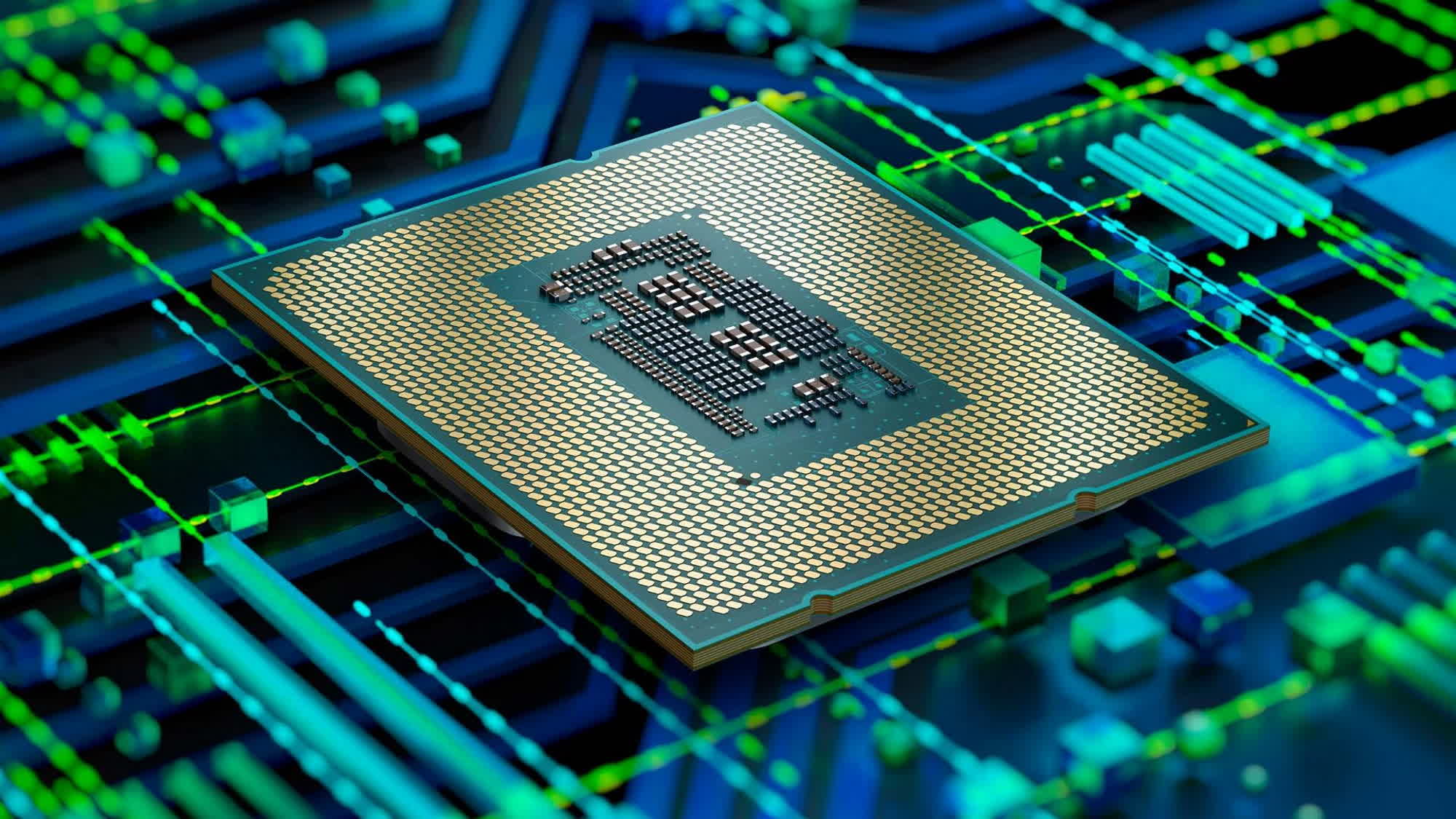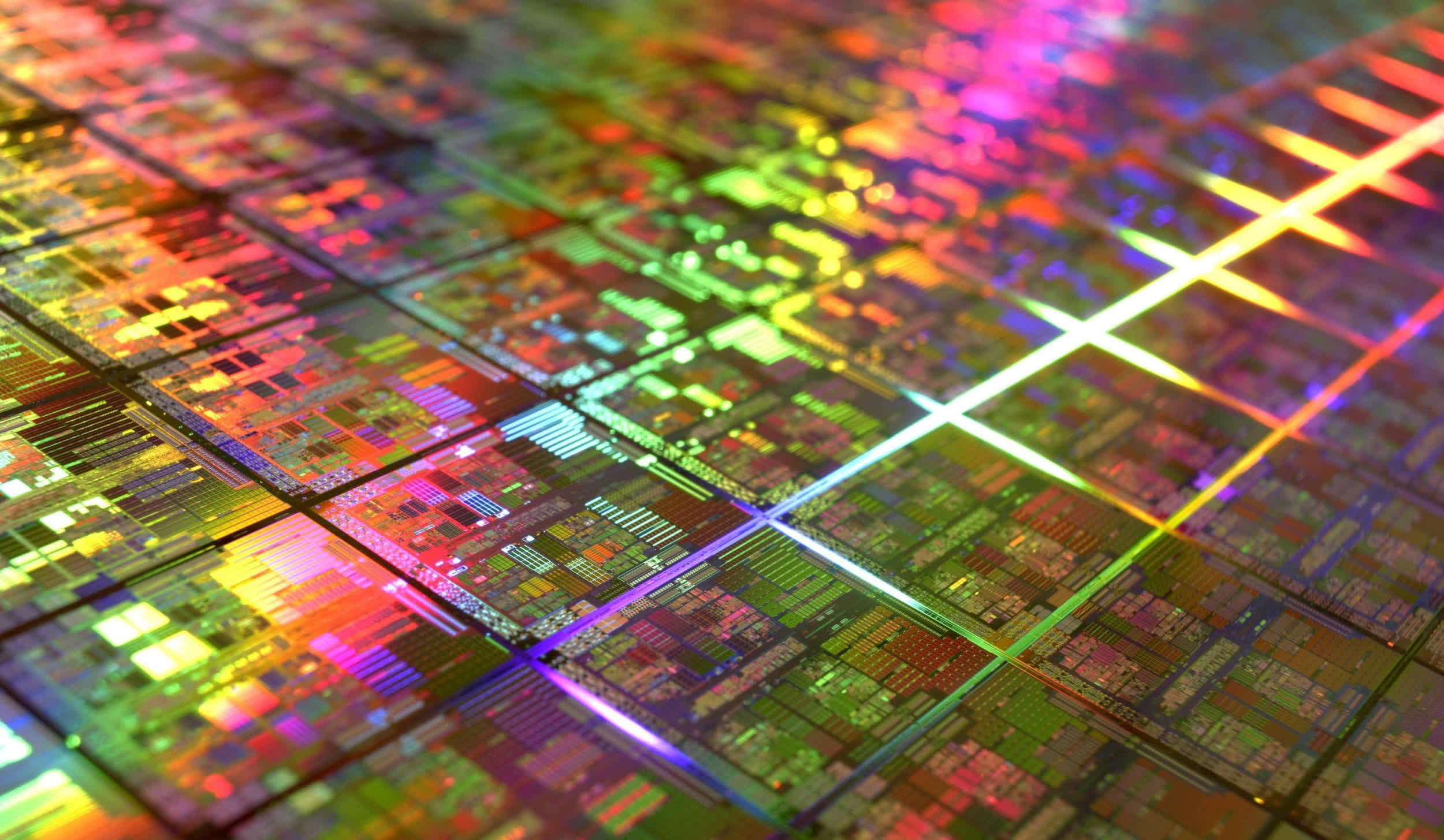Forward-looking: After being beaten by AMD in introducing the first, truly 64-bit instruction set in the x86 CPU world, Intel is now trying to get ahead of its historical competitor by working on a simplified x86 ISA. 16-bit compatibility is gone for good, while 32-bit software should be safe for the time being.

The x86 instruction set was first introduced by Intel in 1978 with the 8086 16-bit CPU, and the Santa Clara corporation is now planning to finally bring its computer processors into the future with a 64-bit mode-only architecture. The proposed x86S (or X86-S) ISA is still in the design and feedback phase, and it would provide one of the largest upgrades to the x86 architecture since the introduction of 64-bit registers and memory addressing with the x86-64 instruction set.
As Intel highlights on its technology blog, the long life of the x86 architecture has resulted in one of the richest software ecosystems existing today with an "enormous" installed base of PC, cloud and mobile devices. The 64-bit architecture known today as x86-64, which was first introduced on the market by AMD and then adopted by Intel 20 years ago, has become the dominant operating mode for modern software and operating systems.
Microsoft doesn't provide a 32-bit only version of Windows 11 anymore, Intel says, and the firmware embedded on Intel motherboards no longer offers native support for "non UEFI64" operating systems like MS-DOS or ancient 32-bit Windows versions. 64-bit operating systems are today's standard for modern computing, as they retain the ability to run 32-bit (Win32) applications almost flawlessly while they have no (native) support for 16-bit applications anymore.

Intel thinks that x86-64 popularity finally provides an opportunity to simplify the x86 hardware and software ecosystem. The new x86-S ISA removes certain legacy modes that have very little utility in modern operating environments, the company says, except for bootstrapping the CPU in 8086 mode and then transitioning to an exclusive 64-bit operating mode.
The x86-S whitepaper provides an extensive list of the changes brought by the new architecture to the classic x86 instruction set. The 64-bit only ISA removes ring 1 and ring 2 from CPU protection hierarchy, as they are now useless for modern software besides ring 0 (kernel) and ring 3 (user applications) modes. 16-bit addressing support is gone too, together with 16-bit real mode, 32-bit applications in ring 0, some "unused operating system mode bits," and more.
X86-S should provide plenty of compatibility for 32-bit Win32 applications, so retro gaming and software zealots like yours truly would be safe for now. As for legacy support of earlier 64-bit operating systems, Intel says that virtualization technology is mature enough to provide software and hardware solutions to keep users happy. Everything else (16-bit, DOS, 32-bit OSes), Intel suggests, will only run in emulators and virtual machines.
https://www.techspot.com/news/98773-intel-proposes-x86-s-architecture-simpler-more-efficient.html